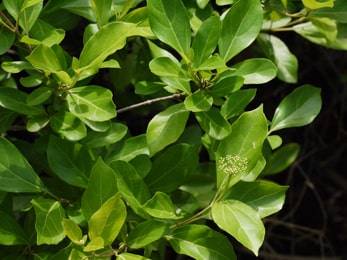
Agnimantha / Clerodendrum Phlomidis
AGNIMANTHA (CLERODENDRUM PHLOMIDIS) – PROPERTIES, BENEFITS, USES & DOSAGE DESCRIPTION OF AGNIMANTHA PLANT Agnimantha is very important medicinal plant mentioned … Read more

AGNIMANTHA (CLERODENDRUM PHLOMIDIS) – PROPERTIES, BENEFITS, USES & DOSAGE DESCRIPTION OF AGNIMANTHA PLANT Agnimantha is very important medicinal plant mentioned … Read more
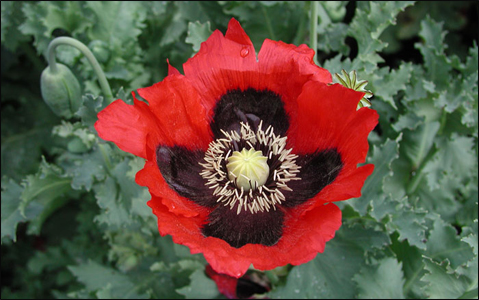
AHIPHENA (PAPAVAR SOMNIFERUM) – PROPERTIES, BENEFITS, USES & DOSAGE Papaver Somniferum is an annual herb that grows up to 100 … Read more
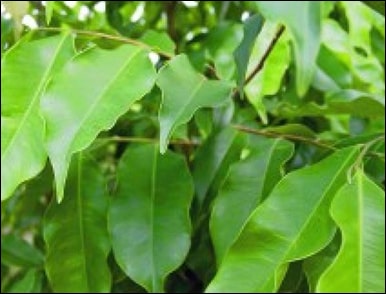
Agaru (Aquillaria Agallocha) – Ayurvedic Properties, Part Used & Dosage Description of the Plant This is a big tree growing … Read more
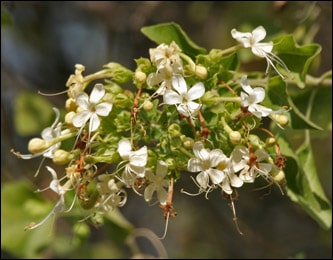
Arni (Clerodendrum multiflorum) – Properties, Benefits, Uses & Dosage Introduction Arni is also known as Agnimantha in Ayurveda. It is … Read more
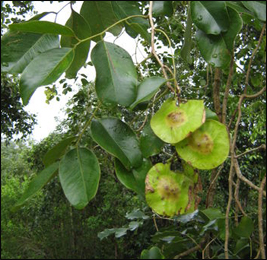
Vijaysar, Malabar kino (Pterocarpus marsupium) – Properties, Benefits, Dosage Vijaysar is an important big tree whose bark is very useful … Read more
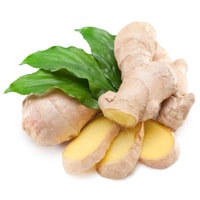
Adrak, Ginger (Zingiber officinale) – Properties, Benefits, Uses & Dosage Ginger is not only widely cultivated spice but it is … Read more
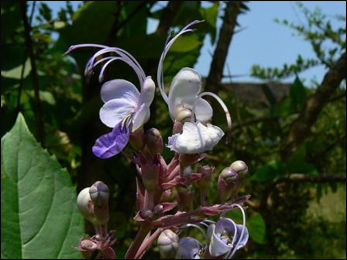
Bharangi (Clerodendrum Serratum) – Uses, Benefits, Properties, Dosage and Side Effects Bharangi is oldest herb used in ayurvedic system which … Read more
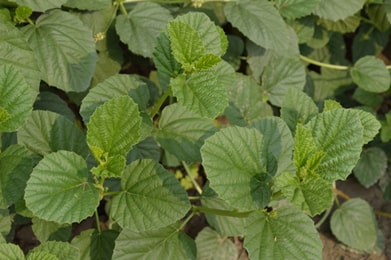
Bakuchi (Psoralea corylifolia) – Properties, Benefits, Uses & Dosage Plant is small, erect and annual herb growing up to 60-120cm … Read more
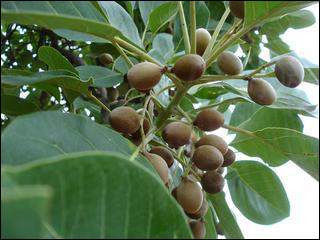
Bibhitaki (Terminalia bellirica) – Baheda Properties, Benefits, Uses, Dosage) Description of Plant Bibhitaki Bibhitaki is a large deciduous tree found … Read more
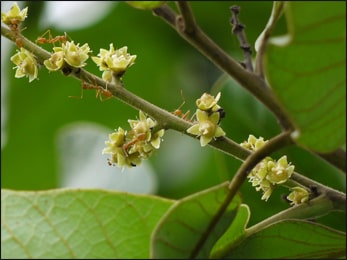
Bhallataka, Marking Nut (Semecarpus anacardium) Description of plant It is medium to large sized deciduous tree with grey bark exfoliating … Read more
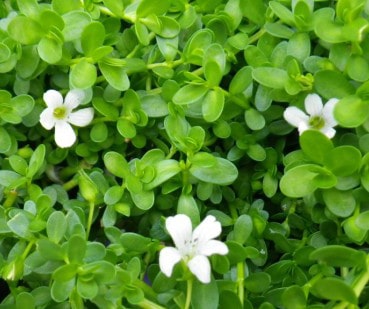
Brahmi (Bacopa Monnieri) – Properties, Benefits, Uses, Dosage Description of Brahmi Plant Brahmi is non-aromatic soft, perennial, creeping herb with … Read more
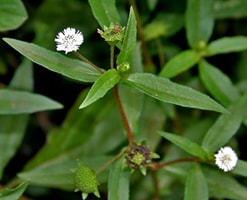
Bhringraj (Eclipta Alba) – Properties, Benefits, Uses & Dosage Description of Plant Bhringraj (Eclipta alba / Eclipta prostrata) is a … Read more

Bhringraj (Eclipta Alba) – Properties, Benefits, Uses & Dosage Description of Plant Bhringraj is creeping herb about 3mt in height. … Read more